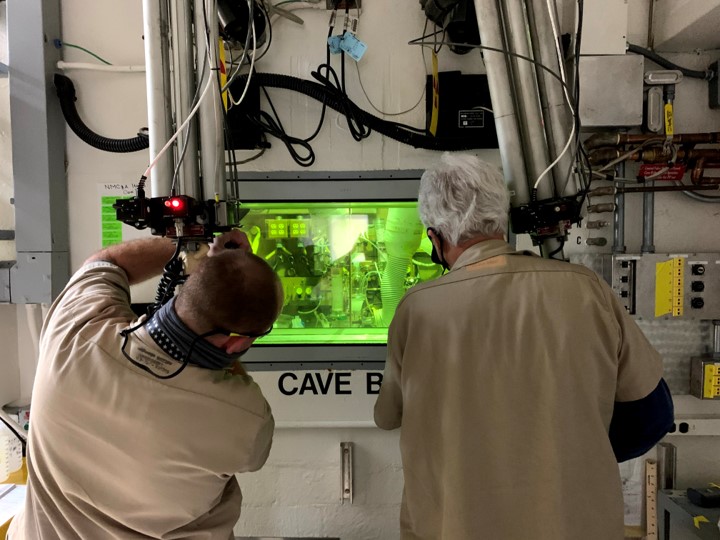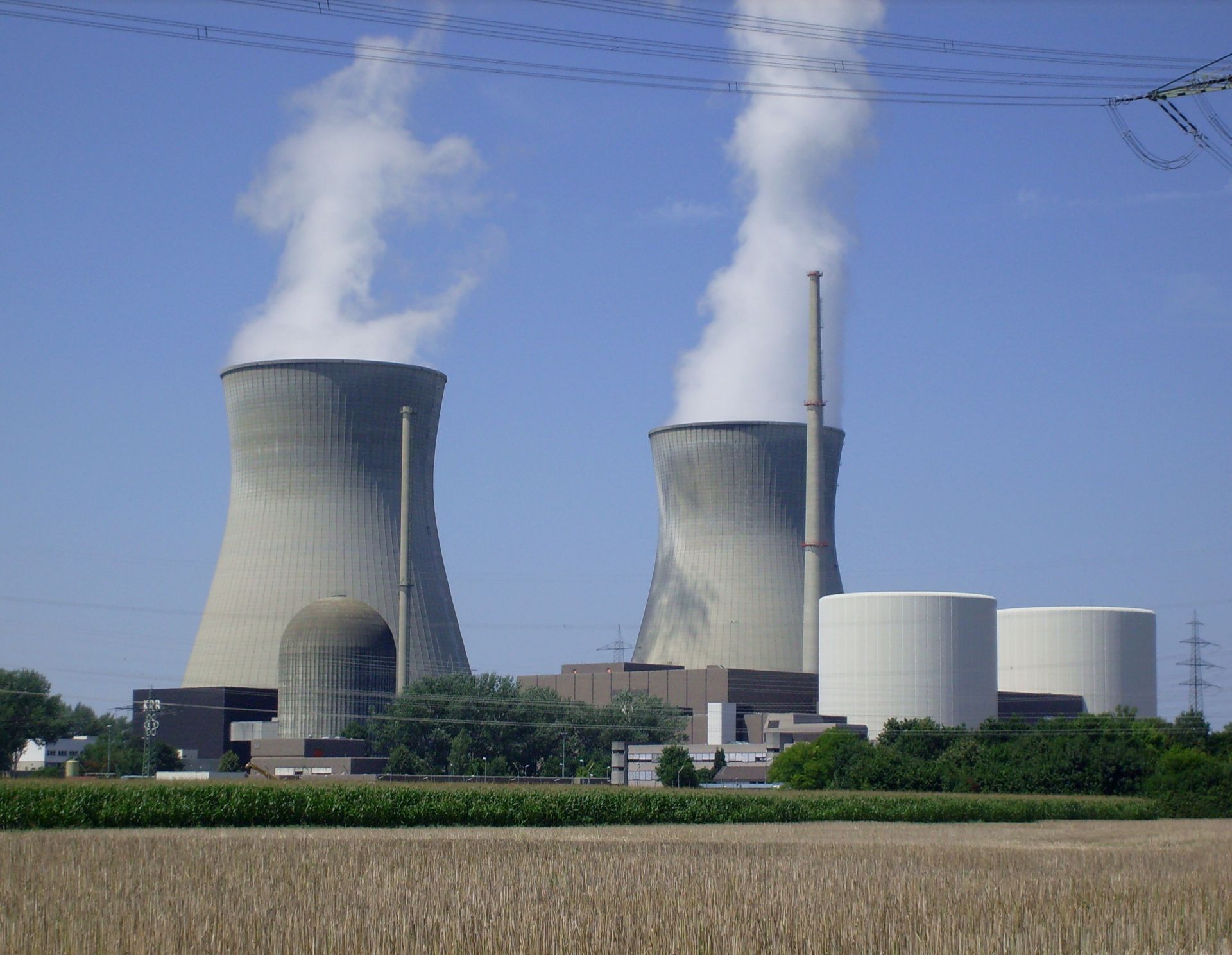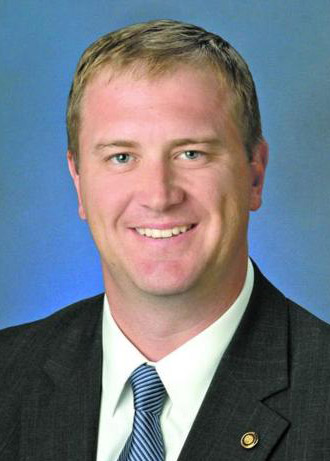WSU students deliver nuclear safeguards designs for the NNSA
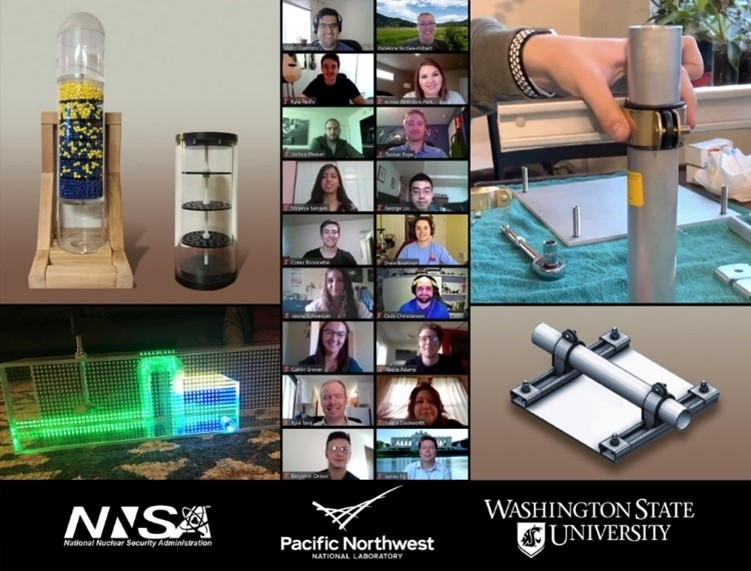
Meeting remotely, WSU students deliver two nonproliferation projects to NNSA and PNNL staff. Source: NNSA
In a program sponsored by the National Nuclear Security Administration’s Office of Defense Nuclear Nonproliferation, teams of engineering students from Washington State University designed, built, and delivered prototype equipment to address challenges encountered by Pacific Northwest National Laboratory staff in research on nuclear safeguards.
As reported on March 11 by the NNSA, two teams of WSU students presented their projects to PNNL staff during an online meeting in December 2020. One team created physical training aids for safeguards courses to demonstrate two methods of nuclear fuel reprocessing. The other team developed an enrichment monitor mounting bracket that the International Atomic Energy Agency could use to help monitor uranium hexafluoride gas in enrichment facilities.



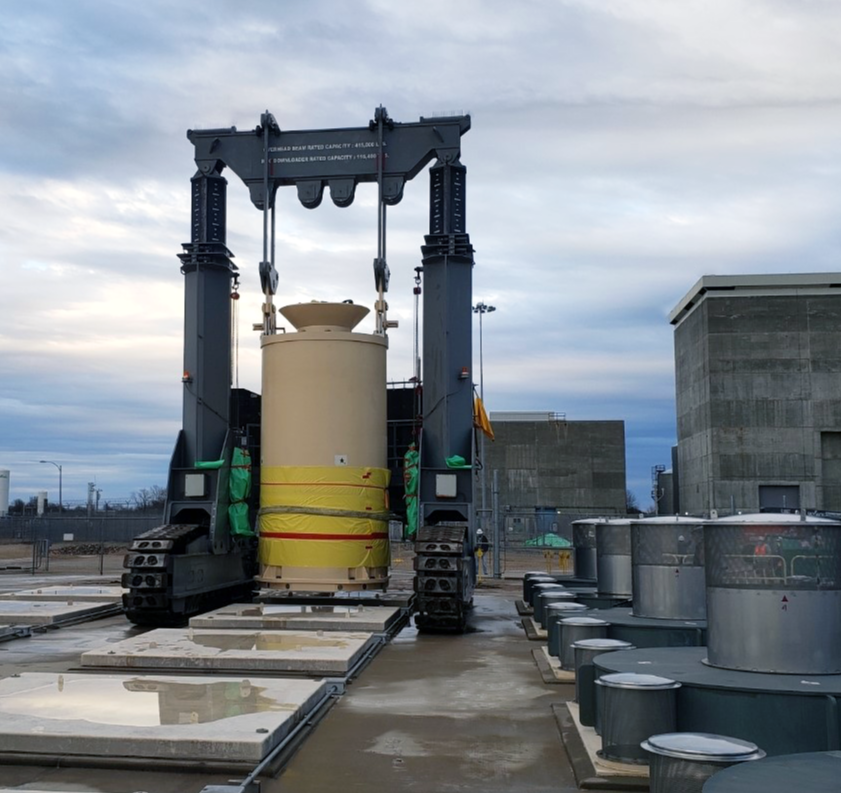


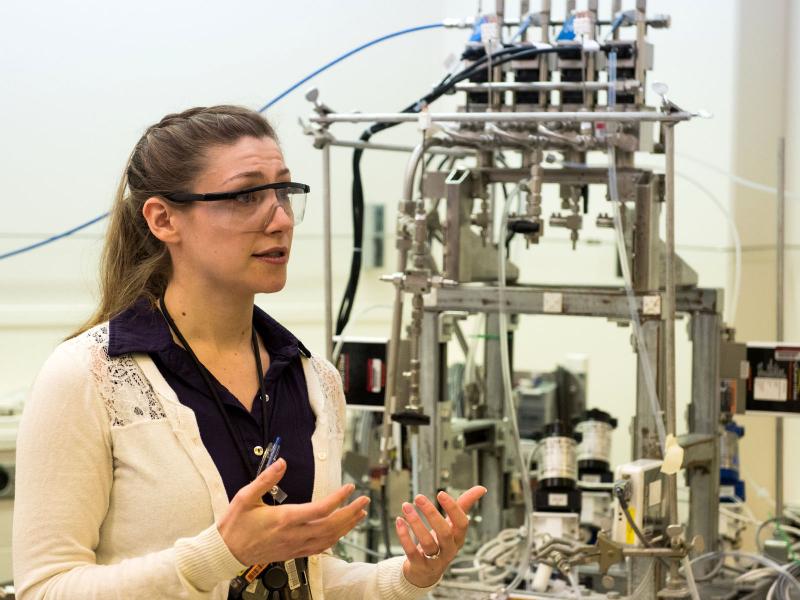
 COVID-19 has touched our lives in many ways, affecting work, school, and homelife. The Diversity and Inclusion in ANS Committee is holding a free webinar, "Coping with COVID: The Pandemic and the Nuclear Community," on Tuesday, March 23, from 1:00 p.m. to 2:30 p.m. (EDT).
COVID-19 has touched our lives in many ways, affecting work, school, and homelife. The Diversity and Inclusion in ANS Committee is holding a free webinar, "Coping with COVID: The Pandemic and the Nuclear Community," on Tuesday, March 23, from 1:00 p.m. to 2:30 p.m. (EDT).


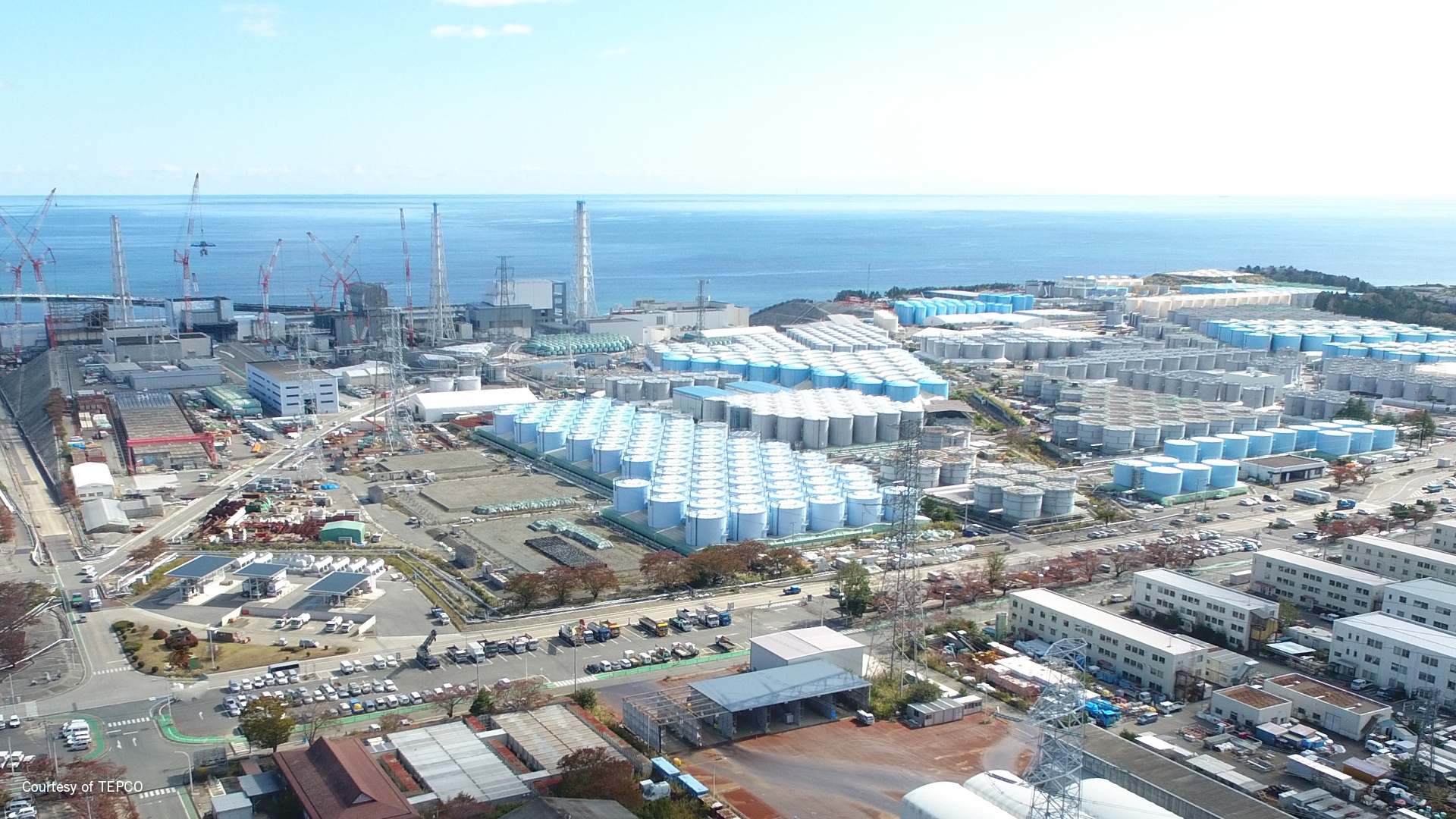
 A new technical report from Montreal-based SNC-Lavalin finds Canada’s stated goal of net-zero carbon emissions by 2050 to be achievable but stresses the importance of immediate action and investment in all forms of low-carbon energy production, including nuclear, hydro, renewables, carbon capture and storage, and hydrogen.
A new technical report from Montreal-based SNC-Lavalin finds Canada’s stated goal of net-zero carbon emissions by 2050 to be achievable but stresses the importance of immediate action and investment in all forms of low-carbon energy production, including nuclear, hydro, renewables, carbon capture and storage, and hydrogen.